Studying the mechanical response of materials at the nanoscale has achieved much attention in recent years. These studies have been motivated by the development of new nanostructured materials and continued miniaturization of engineering and electronic components, thin film technology and surface coatings.
Here we share some of the applications, demonstrating its capability and requirement in different industries.
Learn more about testing techniques and industry specific applications
Industry Specific Application
- Nanoindentation & Tribology
- Property Mapping
- Scanning Probe Microscopy
Application Notes
- Nanoindentation & Tribology
- Property Mapping
- Scanning Probe Microscopy
Application Notes
- Mechanical Properties of Molecular Crystals
- Property Mapping
Application Notes
- Nanoindentation & Nanotribology
- High Temperature Property Mapping
- Scanning Probe Microscopy
- Creep
Application Notes
- Tape Test versus Nanoindentation
- Polymer Thin Film Characterization at Cold Temperature
- Strength Engineering in a Nickel-Base Superalloy
- Tire Materials Testing for Harsh Environments
- High Temperature Creep Testing of a Superalloy Bond Coat
- In Situ High Temp Study of Ni Based Superalloy and PtNiAl Bond Coat
- Adhesion Strength of Thin Coating
- Mechanical Characterization of Corrosion Resistant Coating
- Wear Testing
Application Notes
- Adhesion Strength of Coating
- Continuous Depth Dependent Property Measurement
- Thin Film Property Measurement (thickness from 1nm)
Application Notes
- Nanoindentation & Tribology
- Viscoelastic Property Measurement
- Dynamic Mechanical Analysis
Application Notes
- Indentation of Contact Lenses
- Mechanical Characterization of Hydrogels Using the Hysitron BioSoft In-Situ Indenter
- Raman and Indentation Mapping of a Rat Tooth
- Compression Test of a Living Cell
- Highly Localized Characterization of Aortic Valve Tissue
- Nanoindentation of Marine Teeth
- Elastic Properties of Cartilage Tissue
- Dynamic Mechanical Analysis: Viscoelastic Property Measurement
- Time/Frequency Dependent Properties
- Temperature Sweep / Glass Transition /
Time-Temperature Superposition
Application Notes
Testing Techniques
Nanoindentation
Nanoindentation is an instrumented mechanical property measurement technique to measure properties such as Hardness and Modulus at nanometer length scale. Nanoindentation gives localized mechanical properties quantitatively by applying a force to drive the indenter probe into a sample surface and measuring the depth of indent during loading and unloading. Test can be performed in either load-controlled or displacement controlled feedback mode.
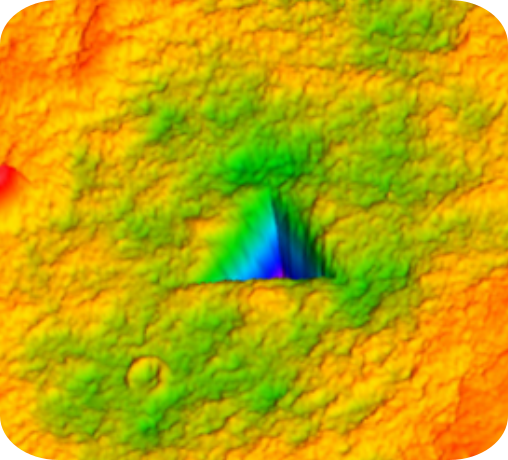
Scanning Probe Microscopy
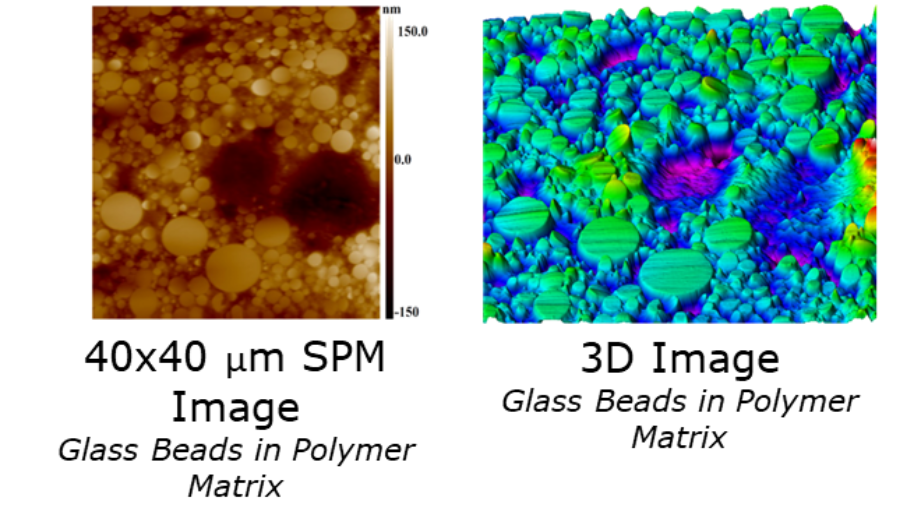
NanoScratch

Quantify scratch resistance, critical delamination forces, and friction coefficients with simultaneous normal and lateral force and displacement monitoring. Provides quantitative force and displacement data for tribology, coating thickness, interfacial adhesion, and friction studies.
Scanning Wear
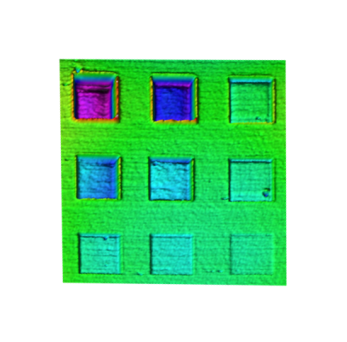
High Temperature Testing
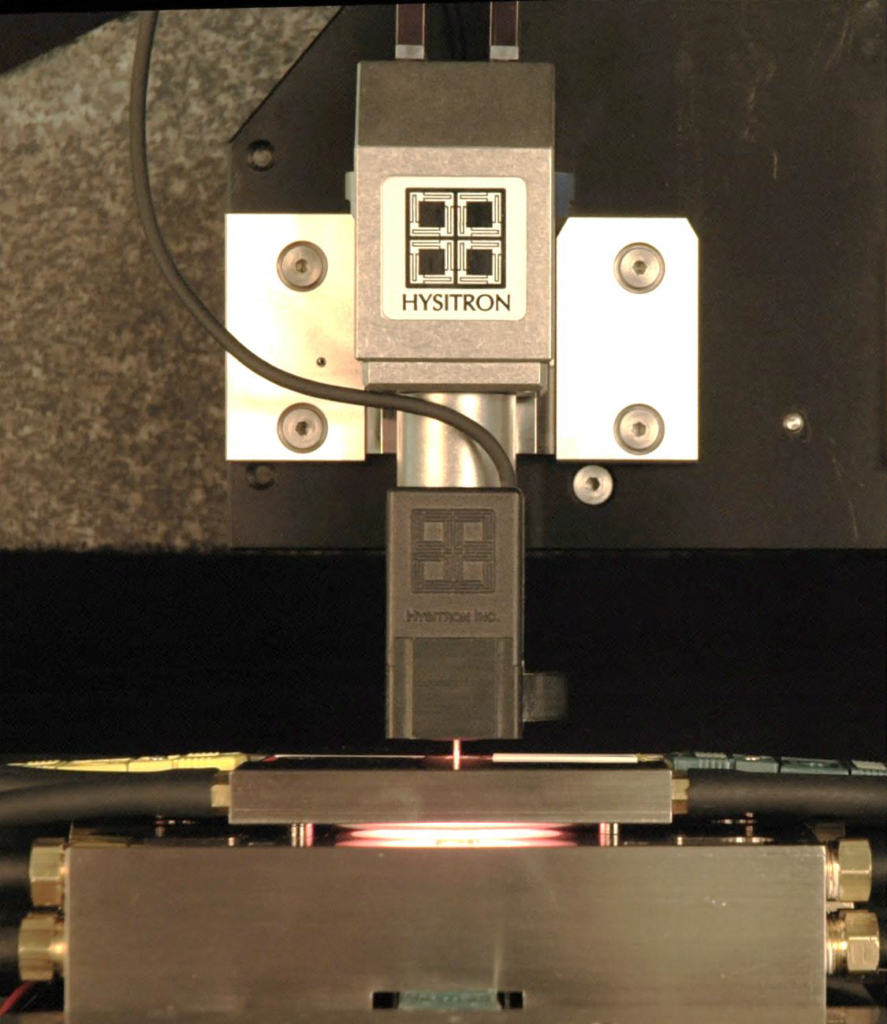
xSol High Temperature Stage enables quantitative, accurate, and reliable nano and micro mechanical characterization at elevated temperatures up to 800°C. The ability to understand nanoscale mechanical properties at high temperatures is imperative to developing materials capable of reliably performing in extreme operational environments. xSol stage offers high thermal stability and short stabilization times.
Creep

With the help of nanoDMA III technique, reference creep testing permits measurement of the creep behaviour of small volumes of material, with the minimal effect of thermal drift. Reference creep test relies on the relationship between contact area and contact stiffness to calculate properties over time periods as long as several hours. Creep properties can be measured at temperature as high as 800°C.
Modulus Mapping
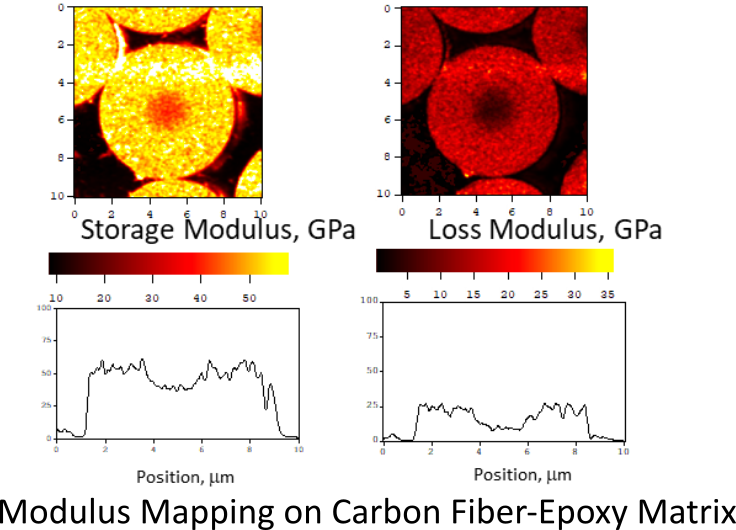
Modulus mapping, a DMA based mechanical property mapping technique, which quantitatively maps modulus (both storage and loss), stiffness and other visco-elastic properties from a single SPM scan. During the imaging process, the system continuously measures the stiffness and phase lag of the sample as a function of the position. The result is a set of 65,536 points (256 x 256) of mechanical properties from a single map.
Dynamic Mechanical Analysis
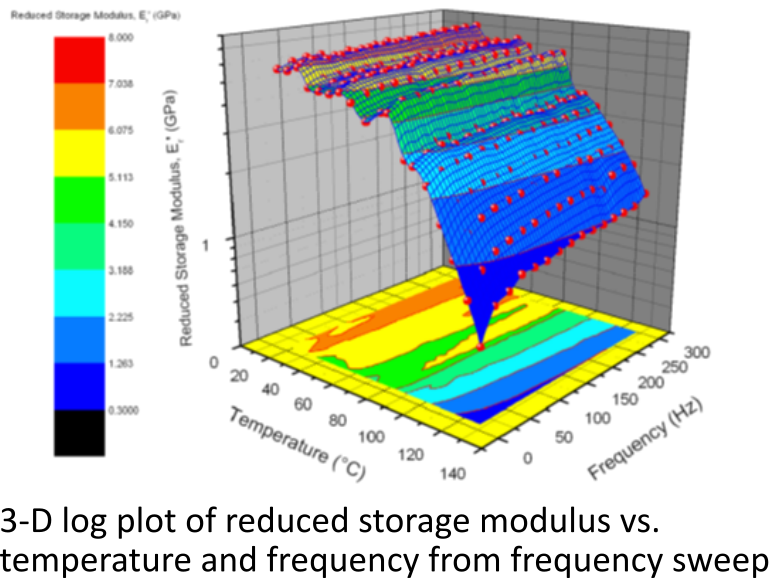
Investigate the time-dependent properties of visco-elastic materials (Polymers and biomaterials) using a dynamic testing technique. During DMA experiment, sinusoidal AC force is superimposed to the quasistatic DC force.
CMX algorithm is useful for quickly determining the mechanical properties of the thin film coatings by appropriately limiting the depth ranges to avoid substrate effect . Reference frequency sweep technique is a solution for the characterization of frequency dependent visco-elastic materials, in which the frequency of the dynamic load can be swept between 0.1 Hz to 300 Hz at constant quasistatic load and mechanical properties can be measured as a function of frequency.
Accelerated Property Mapping
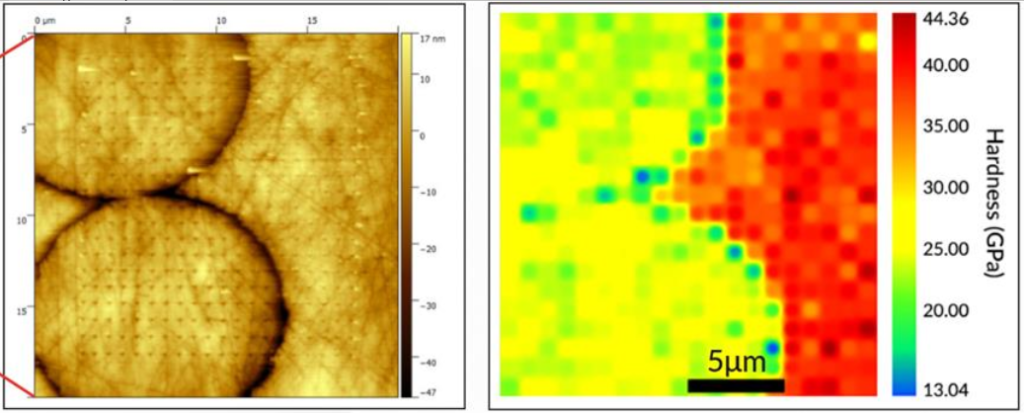
Accelerated Property Mapping (XPM), can be used for the quick mapping of localized mechanical properties. XPM is a technique for performing large numbers of indentations in user defined grids, in short span of time, up to six per second.
